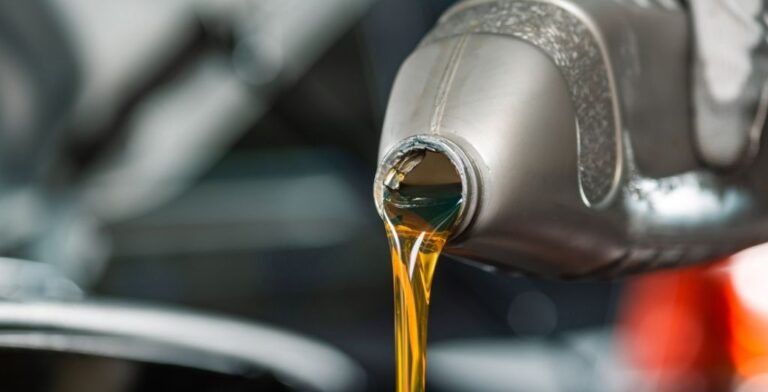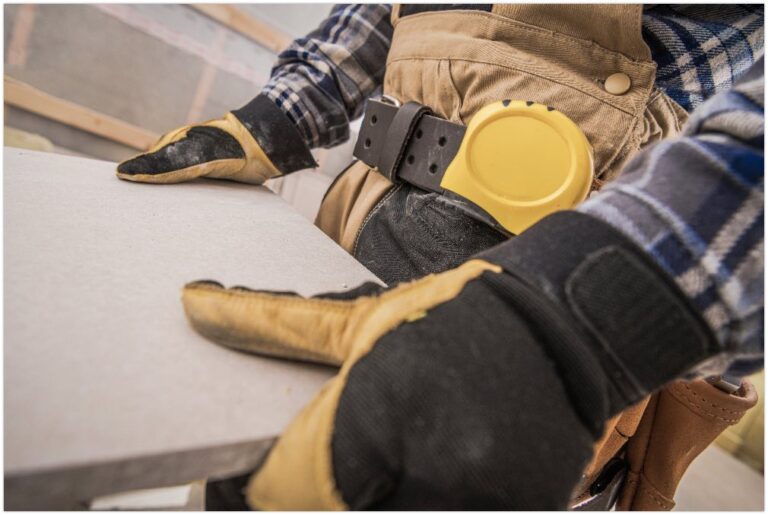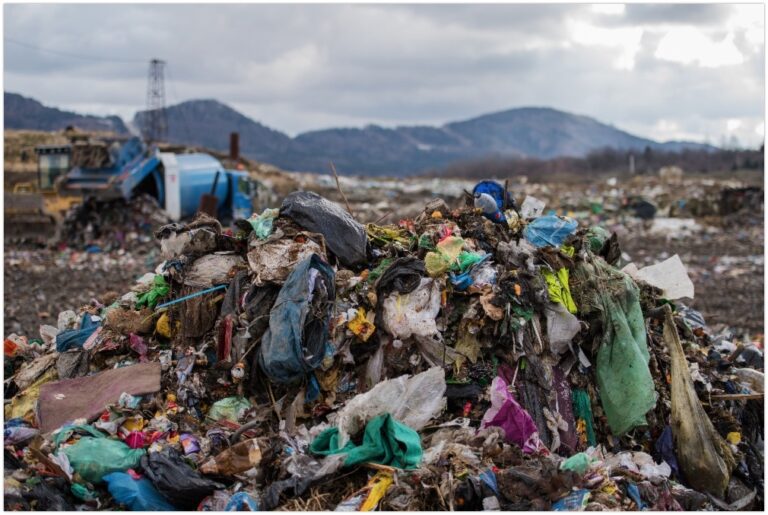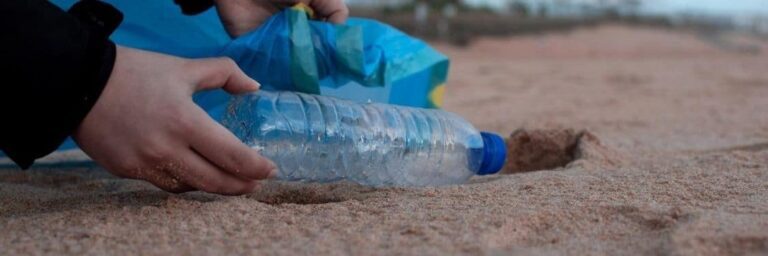There is a myriad of activities that takes place during debris collection and removal. These include dredging, sweeping, separation, assessment, repair, demolition, lifting and hauling. And, just as in any form of construction, workers are exposed to a hazardous environment that can bruise, maim or claim their lives. They are exposed to unstable pillars, harmful chemicals, excess noise, tremors, fire explosions, hazardous gases, UV light, electric sparks and more. These hazards can be categorised into three groups.
Mechanical Hazards
These are the risks that result from machine handling. Based on the complexity of the builder waste, workers deploy different types of machines such as the vibratory conveyors, chippers, heavy-duty trucks and more. If not well handled, the machines can cause potential risks to death and gross occupational injuries.
The most common hazards that builder’s waste removalists face include cuts from sharp metallic objects e.g the razor blades, pieces of glasses and iron sheets. Rusty metallic parts, wires and scrap metals are also known to contribute to Tetanus infection.
While powering the machine, there are risks of electrocution from faulty connection and naked wires. These can lead to traumatic injuries, burns and loss of lives.
Welding machines exposes the workers to harmful ultraviolet lights that can impair their vision. Though it is advisable to wear the welding goggles during this activity, the prolonged exposure to the harmful light plays a significant role in manipulating the vision of the concerned parties.
Other forms of mechanical hazards include accidents due to tripping and falling, hitting by unstable debris and cuts from cutting machines.
Chemical hazards
These are hazards that stem their roots in the handling of various chemicals during removal, hauling and recycling of the builder wastes. Such chemicals include cleaning detergents, stale fluids, fumes, dust and degrading metallic parts.
Chemicals such as paints, methylated spirit, benzene and paraffin are potential risk agents to skin and blood infection. During welding and handling of the mechanical engines, builder’s waste removal can come into contact with these fluids so frequently. Scrap batteries from old vehicles contain acid that can cause fire outbreaks, blisters and burning of skin and clothes.
Direct contact to the empty bottles that contains harmful chemicals can result in toxification through ingestion or absorption. Prolong exposure to bad odours may lead to respiratory diseases such as nausea and cold. They are also breeding grounds to pests and microorganisms that cause diseases such as cholera, typhoid and malaria.
During builder wastes collection, sorting and cleaning, there are gaseous emissions and dust particles that are potential risks to the waste collectors. Sometimes, workers are forced to use detergents such as bleaching and pulping agents that always cause irritation of the skin if not well handled.
Biological hazards
These refer to the hazards that result from biological factors such as infection from microorganisms and other ergonomic factors associated with waste collection.
The most popular biological hazard is the breeding of the mosquitoes and flies in the collection sites. Workers are exposed to mosquito bites hence fall vulnerable to malaria infection. Secondly, rabid dogs and rodents are well known for diseases such as dermatitis and rabies.
Workers are also vulnerable to disease infections from viruses and bacteria from contaminated wastes such as sewer systems. The bacteria and viruses always find their ways to the body system through openings that result from minor cuts and wounds. Some of the most popular diseases that operational removalists are exposed to include diarrhoea, skin diseases and dermatitis. Otherwise, prolonged exposure to contaminated air can cause both faecal and respiratory diseases.
Lastly, during the builder waste collection, workers are forced to carry heavy objects that can result in muscular-skeletal disorders. They are also exposed to intensified heat and excessive noise that impairs the normal biological functioning of the body.
During collection and sorting, there is always a repetitive movement and twisting of the joints. The workers lift, twist and dump bigger loads that can lead to muscular-skeletal and brain strain injuries.
During manual sorting, the workers are forced to reach, lift and twist the load. Often, they assume bizarre postures due to extended reaches. This results in fatigue, soreness, pain and harm to the brain.
Builder’s waste removal consists of a series of processes that come with a lot of downsides as far as the health of the workers is concerned. Therefore, it demands impeccable object and machine handling skills that can only be achieved through certified training. Paul’s Rubbish Removal is a one-stop-shop for every kind of rubbish removal. We have highly qualified teams of professionals that will always work to minimise risks of the aforementioned hazards. Consider us for a gleeful, safe and environmental conscious builder waste collection and hauling.
Receive an obligation-free quote over the phone on 0407 125 125.







